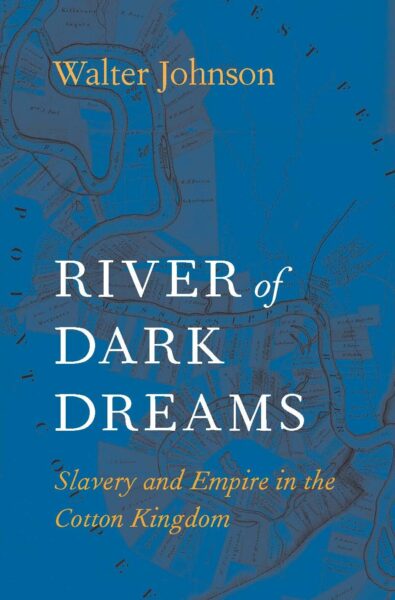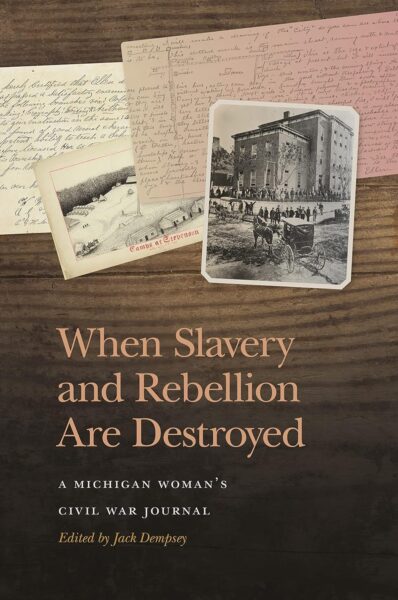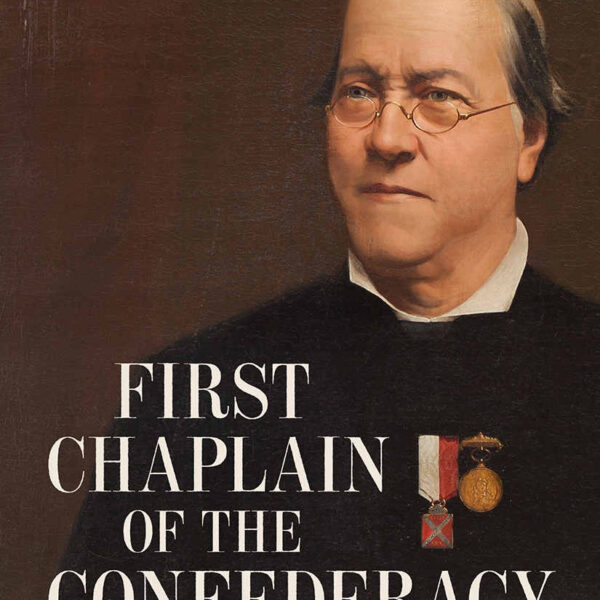The Civil War’s Eastern Theater is nearly synonymous with clashes between the Army of the Potomac and the Army of Northern Virginia, so it was perhaps inevitable that the Battle of Second Manassas, as a break from this convention, would become less well-known than other engagements in the East. Dan Welch and Kevin R. Pawlak’s Never Such a Campaign is the latest work seeking to give Second Manassas the attention it merits, and one of the newest offerings from publisher Savas Beatie’s Emerging Civil War series for general readers. Welch, a ranger at Gettysburg National Military Park, and Pawlak, a historic site manager for the Office of Historic Preservation in Prince William County, have brought together scholarship and primary sources on Second Manassas in a concise overview of the battle and its associated campaign.
Never Such a Campaign opens with the Lincoln administration seeking a new course of action after it became apparent that George B. McClellan’s Peninsula Campaign would not capture Richmond. To apply pressure to Robert E. Lee’s Army of Northern Virginia from the north, three existing corps were unified into the new Army of Virginia, and Maj. Gen. John Pope was transferred east from Missouri to take command.
Pope’s star had risen with his recent victories in the campaign to capture Island No. 10 on the Mississippi River, and he soon alienated his subordinates by proclaiming that he had “come to you from the West, where we have always seen the backs of our enemies” (6). Although Pope’s rhetoric angered some officers, Welch and Pawlak indicate that soldiers of the Army of Virginia welcomed their seemingly aggressive commander as the man who would hopefully lead them to victory in the coming weeks.
On the opposing side, Lee had resolved to strike north against Pope’s forces to seize the initiative and prevent the Army of Virginia from uniting with the northward-bound Army of the Potomac. The authors credit J.E.B. Stuart and “Stonewall” Jackson with skillfully maneuvering their troops in the ensuing campaign. Stuart’s cavalry was able to capture Pope’s headquarters, including correspondence indicating the size of Pope’s army, and Jackson’s men soon “stood in Pope’s rear between him and Washington,” having marched fifty miles in two days to capture Manassas Junction and the Union supplies stored there (35). Pope quickly moved to assault Jackson’s forces, setting the stage for a second major clash in the countryside near Manassas.
In their descriptions of both the fighting at Second Manassas and in the smaller engagements of the campaign, Welch and Pawlak excel in showing how the information available to commanders informed their battlefield decisions. Whereas Lee was generally successful in responding to changing conditions, the same cannot be said for Pope. Pope was certain that he had isolated Jackson from the rest of Lee’s army and ignored intelligence indicating that James Longstreet’s divisions had arrived on the field. His decision to continue launching ill-advised assaults on Jackson’s position left his forces vulnerable to the resulting counterattack from Longstreet, making it no exaggeration for Welch and Pawlak to conclude that “the defeat at Second Manassas lay with Pope” (124).
Beyond the main text, which is well-illustrated with numerous photographs and useful maps, Never Such a Campaign also includes appendices on other relevant topics. These include pithy assessments of the cavalry action at Second Manassas and the role of the Union high command in the campaign. These pieces are followed by a short essay detailing preservation efforts at Chantilly, driving tour directions, an order of battle, and other works for suggested reading. The book does not contain a bibliography, but the sources for most quotes are described in the text itself.
Never Such a Campaign is an ideal introduction to Second Manassas for any reader not yet familiar with this often-overlooked battle.
Jeremy Knoll is a Ph.D. student in the Department of History at The Ohio State University.





